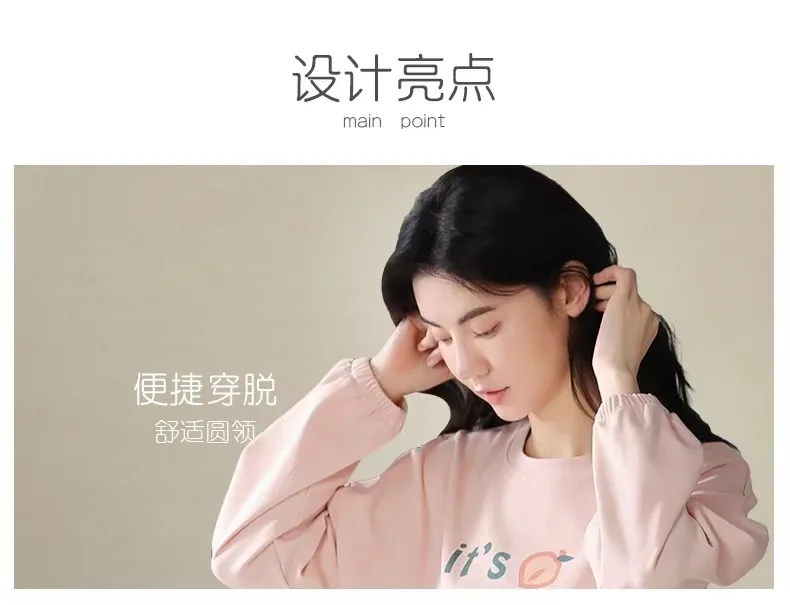The esoteric world of Tarot cards has long been a source of intrigue and fascination for many enthusiasts and novices alike. With its rich tapestry of symbolism, every card weaves a story that speaks to the complexities of human experience. But what do these cards really mean? Can they provide insights that lead to personal transformation? In exploring the simple meanings of Tarot cards, we embark on a journey that poses a playful question: What if the key to unlocking your future lies in understanding the present? Let’s delve into the intricate dance of Tarot, where each card acts as a mirror reflecting the myriad challenges and opportunities that life presents.
Tarot decks typically consist of 78 cards, divided into two main categories: the Major Arcana and the Minor Arcana. The Major Arcana consists of 22 cards that embody significant psychological and spiritual lessons, while the Minor Arcana encompasses 56 cards that depict the everyday aspects of life, divided into four suits: Cups, Pentacles, Swords, and Wands. As we explore the meanings behind each of these card types, we will confront potential challenges that arise in our quest for clarity.
The Major Arcana: Life’s Significant Lessons
The Major Arcana cards act as archetypes, representing profound forces that influence our life’s journey. Each card delivers a distinct message, often encapsulating pivotal moments of transition. The Fool, for instance, stands at the beginning of the Tarot journey. This card nudges one to embrace spontaneity and the unknown, posing the question: are you ready to leap into the uncertainty of new beginnings?
On the other hand, The Tower depicts upheaval and unexpected change. This card beckons us to confront uncomfortable truths and potential crises that may arise, inviting reflections on resilience. It challenges the seeker to recognize that sometimes destruction is necessary for personal growth.
Another notable card is The Empress, symbolizing abundance and nurturing energy. It compels you to ask: have you allowed creativity and growth to flourish in your life? The Empress encourages the celebration of life and suggests embracing compassion, not just for others, but for oneself.
The Minor Arcana: Everyday Challenges
The Minor Arcana offers insights into daily occurrences and emotions. Each of the four suits carries its unique resonance. Cups, for example, relate to emotions, relationships, and connections. Picture the Four of Cups, illustrating contemplation and possibly stagnation. Are you missing out on available blessings because you are too immersed in your own introversion or dissatisfaction?
Turning to Pentacles, we find a focus on material aspects, such as finances and career. The Eight of Pentacles emphasizes hard work, skill development, and commitment. Here, the challenge is pronounced: are you prepared to put in the effort that success requires? What sacrifices are you willing to make to elevate your expertise?
Swords speak to the realm of intellect and conflict. The Two of Swords illustrates a stalemate, urging introspection. It asks, are you hiding from decisions that must be made? In facing this card, one confronts the duality between action and inaction, which can catalyze transformative insights.
Finally, Wands represent inspiration, passion, and enterprise. The Ace of Wands ignites enthusiasm, embodying new ventures and creative pursuits. Yet, it implores the question: do you have the courage to pursue your passions, and are you equipped to weather the potential storms they may bring?
How to Read Tarot Cards Simply
Reading Tarot can seem daunting, but simplifying the approach can pave the way for deeper understanding. Firstly, familiarize yourself with each card’s basic meanings. Studying the imagery, colors, and familiar symbols will enhance your grasp of their significance. Consider keeping a Tarot journal where you can document your insights and how they apply to your life.
Practice focusing on one card at a time, allowing its meaning to unfold naturally. Instead of overwhelming yourself with complex spreads, begin with the one-card draw. Reflect on its invitation and challenge. Consequently, you cultivate a quiet dialogue between yourself and the deck, prompting a nuanced comprehension of both the cards and your own narrative.
Tarot as a Tool for Self-Reflection
Ultimately, the Tarot serves not merely as a tool for divination but as a companion along a path of self-exploration. Each reading can unveil patterns and themes, encouraging an evolution of thought and behavior. When faced with a card like The Hermit, which signifies introspection, you are invited to embark on an inner quest. The challenge is clear: to navigate solitude and emerge with newfound clarity.
Moreover, embracing the questions posed by the cards fosters a deeper connection to one’s own intuition. How often do we pause to ask ourselves what we truly desire or fear? What obstacles stand in our way? These inquiries can illuminate the dark corners of our psyche, inspiring courage and determination as we craft our destiny.
In conclusion, the simple meanings of Tarot cards weave a complex tapestry of our existence. Within these intuitive guides, we find an opportunity to confront our challenges and embrace an enlightened perspective. Every card beckons us to engage with life’s pivotal moments, empowering us to unlock paths towards growth. So, the next time you shuffle the deck, ponder the playful question: what profound truths will emerge from this ancient art, and how will they challenge you to evolve?









Leave a Comment